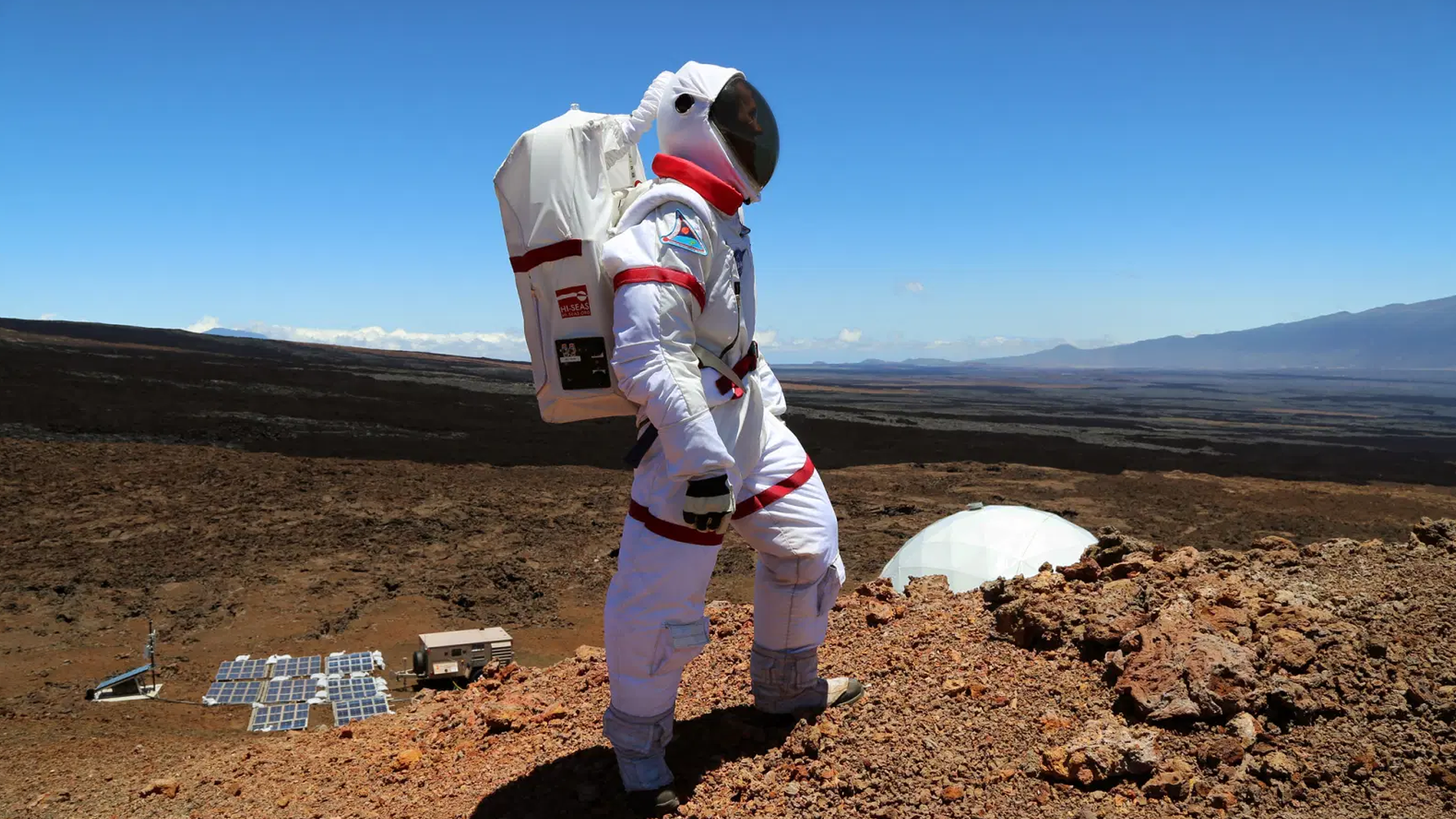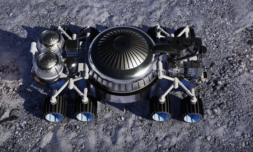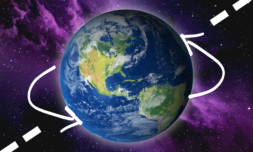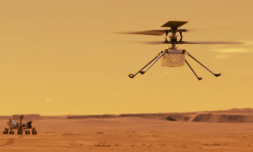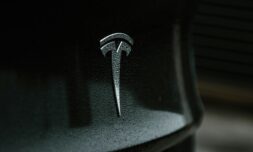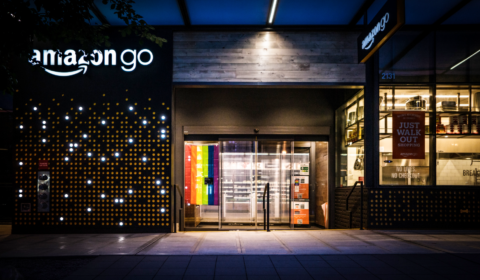The space agency is paying volunteers to spend a year living within a 3D printed Martian habitat in Texas. Here, they will conduct VR spacewalks and simulated problems to test the feasibility of attempting the real thing.
Between the chaos caused by Covid-19 and the constant flow of demoralising climate change news, life on Earth over the last year has felt pretty exhausting.
If your annual holiday to Tenerife hasn’t recharged the batteries quite like it used to, NASA is offering a chance at blissful isolation for a whole year, all in the name of science.
Upping the ante for its Artemis Program, the space agency has planned an elaborate experiment to test the feasibility of establishing a human presence on Mars by 2025.
Four volunteers will spend a year within the confines of a 1,700 square-foot mock-up of the Red Planet called Mars Dune Alpha, located inside the Johnson Space Centre in Houston, Texas.
Calling all Martians! @NASA is recruiting four crew members for a year-long mission that will simulate life on a distant world, living in “Mars Dune Alpha,” a 3D-printed habitat. Want to take part in research for the first human Mars mission?
Learn more! https://t.co/v3dL7qzRk9 pic.twitter.com/k5sviRXvtV
— NASA Mars (@NASAMars) August 6, 2021
Preferably looking to recruit healthy adults aged between 30-55 with a degree in maths, computer science, engineering, or two years pilot experience, NASA will use this time to trial run simulations with equipment failures and see how its own engineers (as well as participants) fare with troubleshooting.
You wouldn’t want to be stranded on an empty planet without working comms or electricity right? The Martian did not look like a good time.
NASA has warned that while the whole experience will be wholly unique and provide a ‘incredible freedom,’ it will not be a walk in the park for the selected crew.









